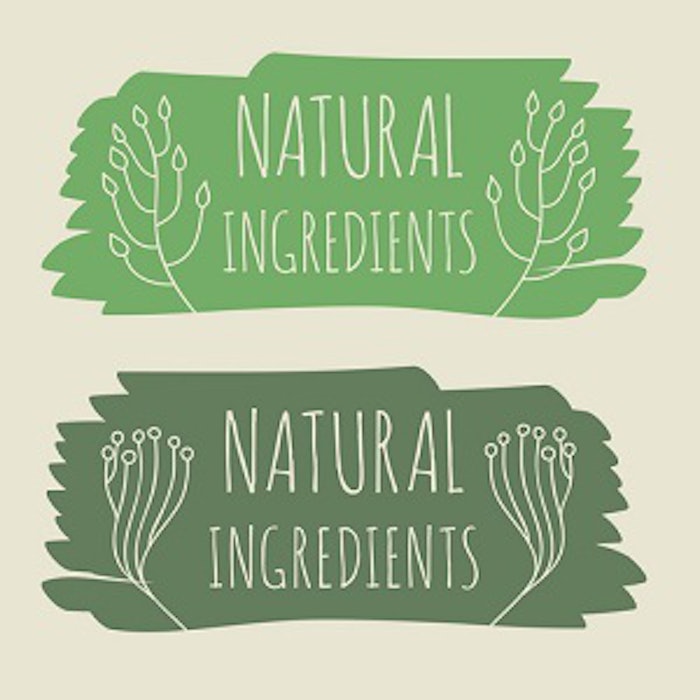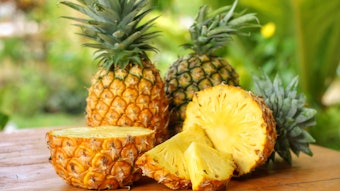
Today’s supermarkets and grocery stores are utterly amazing, yet stupendously confusing. The global marketplace and its lightning fast supply chains allow us to enjoy fresh seafood from oceans thousands of miles away. Fruits and vegetables from countries on the other side of the equator. Personal care products made from the oil of seeds in countries we may not be able to find on a map. Most of all, the supermarkets and grocery stores of the 21st century offer consumers something relatively new yet incredibly powerful: choice.
Proliferation of Product Options
In only one generation, the West has transitioned from general stores, where there were maybe one or two choices of a certain product, to mega, big-box stores, where there are dozens of choices for a single product. For example, during a recent stroll down the hair care aisle of the Fred Meyer near my house I counted more than 25 different shampoo choices.
How do consumers choose one product over another? Increasingly, people around the world are selecting products based on a single word on the product packaging: natural. Natural lip balm? That’s on aisle four. Natural soda pop? Try aisle 17. Natural air fresheners? Next to the cleaning supplies. Oh, and some of those cleaning supplies are natural as well. But what does “natural” really mean? That all depends on who you ask.










